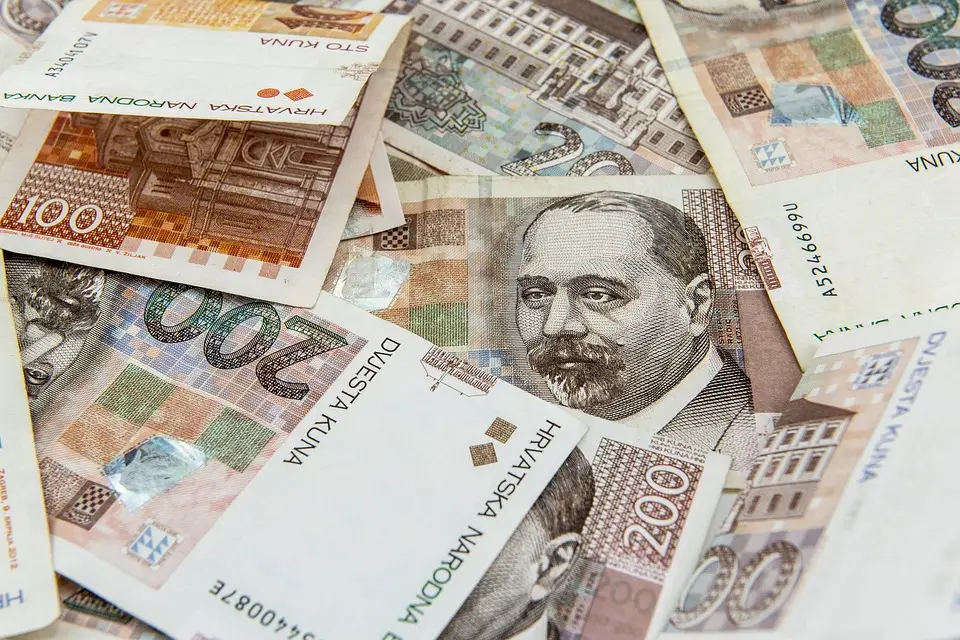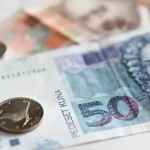As Poslovni Dnevnik writes, economist Vedran Sosic has stated that currently, inflation is expected to peak in the second quarter, after the peak of electricity and gas prices, and should calm down entirely by the end of the year. Raw material and energy prices have boosted inflation and it’s normal that we’re currently troubled by the price of oil, it is difficult to predict what will happen there. A slight descent is expected towards the end of the year, but all this is all still shrouded in uncertainty.
”Energy prices have quickly made their mark on prices being paid for fuel at the pumps, although we still have a limit on petrol prices, we’ll see what happens with fuel costs in April – we have a package that should alleviate this spillover. Food is currently the largest contributor to inflation, with prices rising by around 8 percent, sometimes by even more. Producer food prices rose by about 4 percent, less than the case with retail. Traders say they’re trying to take on part of the cost growth on margins, but according to statistics, it seems that margins haven’t yet been reduced. A lot of what happened last year has already been absorbed in terms of prices, so that’s something we shouldn’t be seeing in the coming months,” explained economist Vedran Sosic.
He also spoke to N1 and said that it is possible to use the growth of raw material prices to increase the price of the final product: “It’s possible for that to happen. That is the greatest danger. Inflation is also a psychological phenomenon, the more we talk about it, the greater the risk that the inflationary spiral will roll, which is harder to bring back down again.”
“Interest rates will rise, but people can protect themselves now”
Commenting on interest rates on loans, CNB’s main economist Vedran Sosic explained:
“Back in October last year, when it became apparent that inflation was going on, we warned people that interest rates would rise. The normalisation of monetary policy was expected, those expectations haven’t really altered and so these jumps shouldn’t be sudden. For the European Central Bank, the market expectation is about half a percentage point increase in interest rates. In some markets, this growth can be seen, Croatia borrowed more when it issued bonds, so the growth of interest rates is already visible.
Every loan is different – those that come with a fixed rate are protected. Those who have a variable, again, aren’t the same as what’s tied in with the interest rate. An increase of one to two percentage points for those who have a loan for a period of 20 years, could mean a 10 to 20 percent higher installment, that would of course be the worst case scenario – so about 400 kuna on a loan of 4,000 kuna. The suggestion to people is to look at what rates they have, maybe reprogramme things, change the bank… Let them ask personal bankers, inquire about protection, there’s still time to change those loans.” concluded economist Vedran Sosic.
For more, check out our dedicated lifestyle section.











